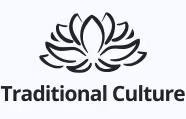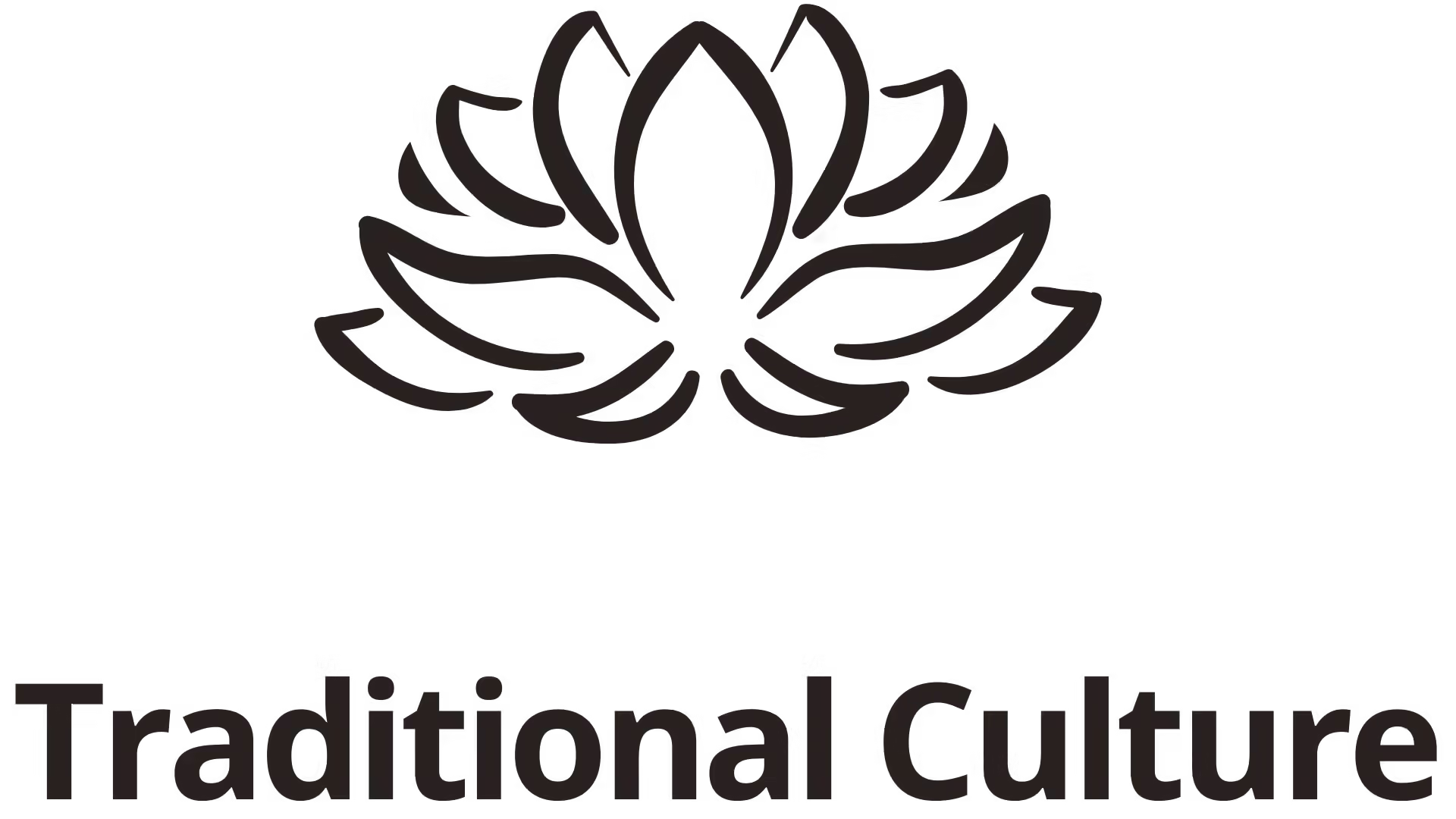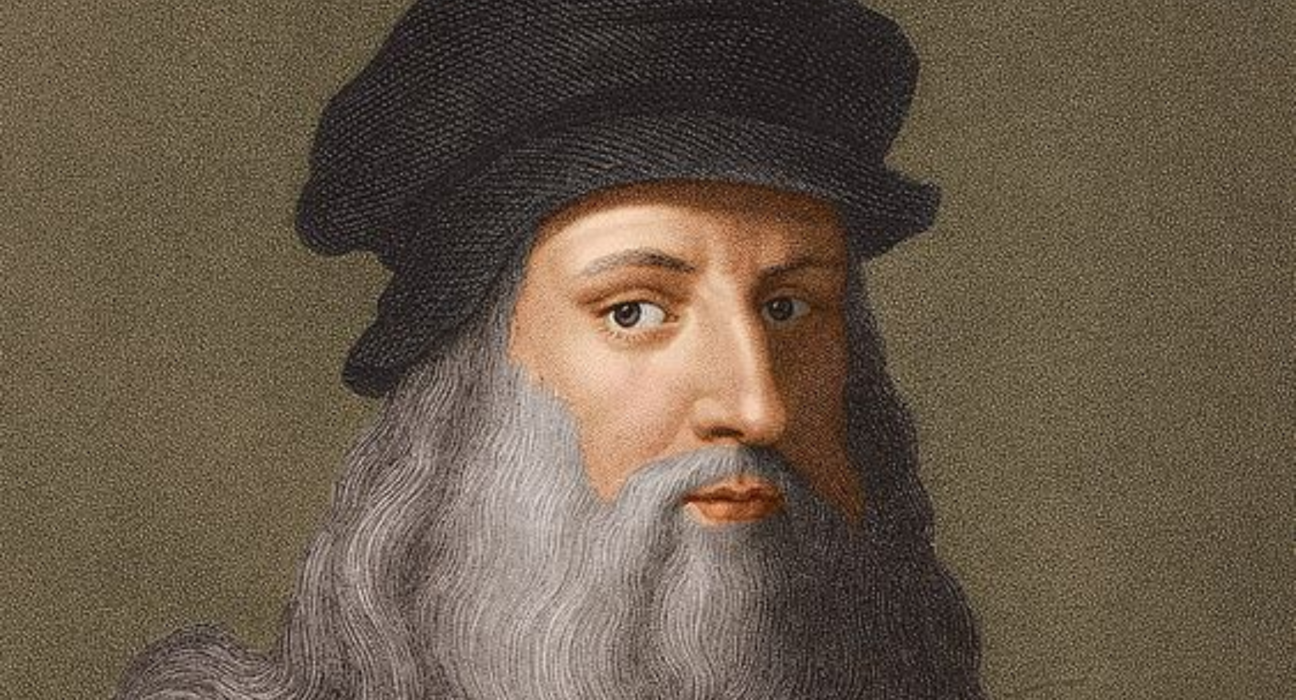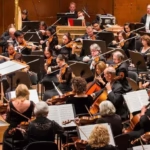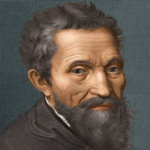Leonardo da Vinci is often heralded as a quintessential figure of the Renaissance, embodying the era’s spirit of inquiry, creativity, and interdisciplinary exploration. His contributions span art, science, engineering, anatomy, and even hydraulics, making him one of the most versatile geniuses in history. In this exploration, we will delve into the multifaceted legacy of Leonardo da Vinci, examining not just his renowned masterpieces but also the broader implications of his work on contemporary thought and creativity.
The Artistic Titan: Masterpieces that Transcend Time
Leonardo’s artistic prowess is perhaps best exemplified in works like the Mona Lisa and The Last Supper. These masterpieces resonate not just for their aesthetic beauty but for the profound psychological and philosophical inquiries they evoke.
The Enigma of the Mona Lisa

The Mona Lisa, with her enigmatic smile, invites endless interpretations and debates among observers.
This painting serves as a mirror reflecting the viewer’s emotions and thoughts. Some see joy, others melancholy, while some may ponder identity and perception. Da Vinci’s ability to create such a range of reflections within a single piece of art is what makes it timeless. This capacity to engage deeply with viewers on psychological levels can be paralleled in modern artistic practices, where artists strive to invoke personal connections through their work.
Moreover, the technique of sfumato utilized in the Mona Lisa—where colors transition softly without harsh lines—serves as a reminder that life itself often defies clear boundaries. As we navigate through complex emotions and experiences, we find connections with the ambiguity presented by Leonardo’s brushwork.
The Last Supper: A Study in Composition and Emotion
Another of Leonardo da Vinci’s iconic works is The Last Supper, which captures a pivotal moment in Christian theology—the announcement of betrayal among Jesus and his disciples.
In this mural, Leonardo masterfully organizes the figures, creating a dynamic composition that draws the viewer’s eye across the canvas. Each disciple reacts differently to the news, showcasing a spectrum of human emotion. This intricate arrangement not only demonstrates Leonardo’s skill in harmony and proportion but also highlights his understanding of narrative and storytelling through visual means.
The use of perspective further amplifies the drama; the vanishing point lies at Christ’s head, symbolizing his central role. Such techniques compel viewers to reflect on their own beliefs and values, encouraging self-examination and dialogue about faith and humanity. The lesson here is profound: art holds the power to transcend its medium, urging us to confront moral dilemmas and emotional truths.
The Psychological Dimensions of Art
While Leonardo da Vinci was a masterful painter, he recognized that his art had deeper implications.
His works prompt us to explore themes of identity, truth, and perception. The psychological engagement that art offers is an essential thread connecting us to our feelings and experiences. Many contemporary artists draw from this wellspring of inspiration, realizing that art can function as a form of therapy or social commentary.
As we continue to create and consume art today, we should consider how Leonardo’s approach to psychological depth informs modern practices. What if artists intentionally engaged with mental health themes? Could art become a universal language for emotional expression, breaking down barriers between individual experiences?
Beyond Craft: The Science of Art
Leonardo did not view art merely as an aesthetic pursuit; he approached it scientifically. His anatomical sketches reveal a profound understanding of the human body, which was unprecedented for his time.
Marrying Observation with Representation
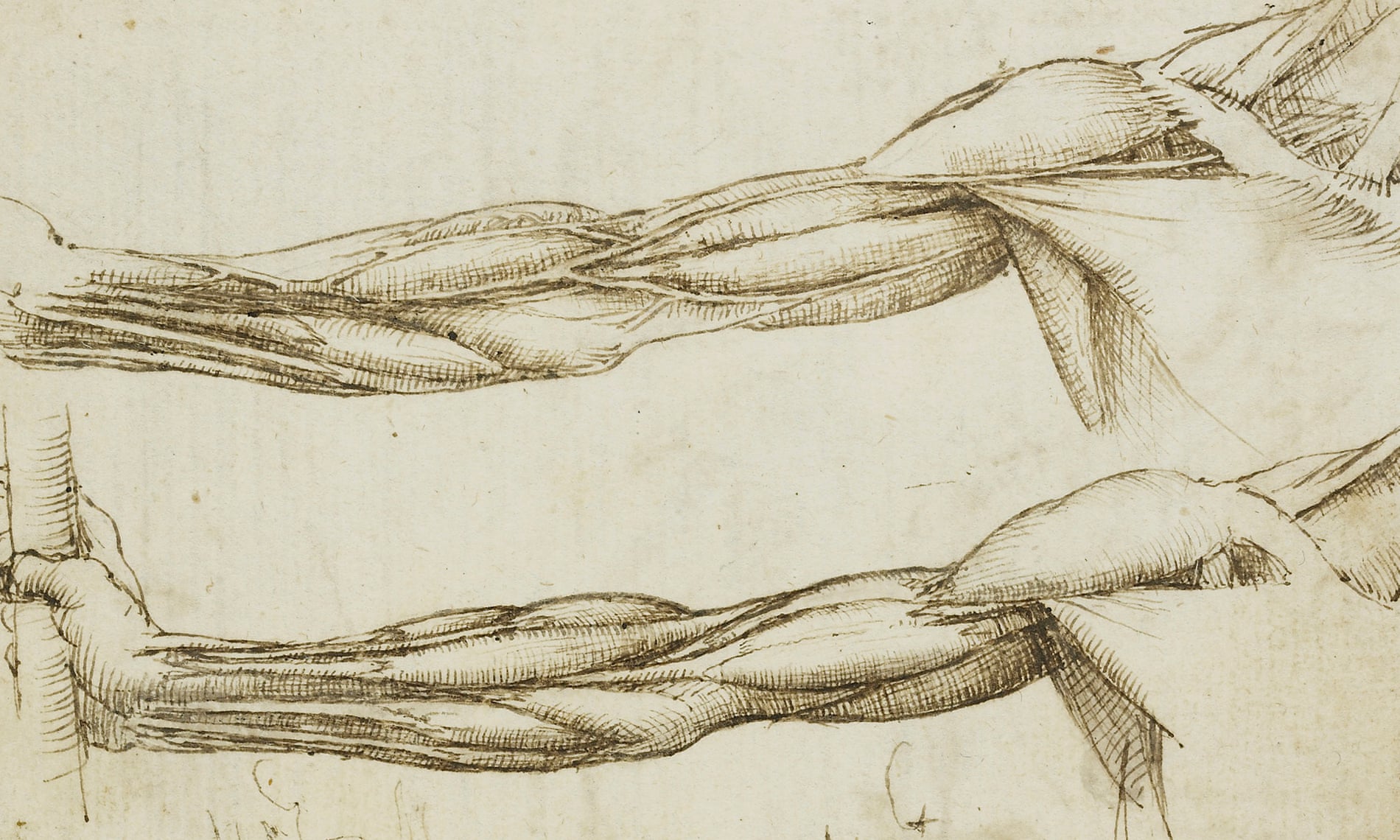
Leonardo da Vinci’s anatomical studies were remarkable not only for their precision but also for their innovative nature. He dissected human bodies, meticulously observing muscles, tendons, and organs—all in the name of art.
Through this marriage of observation and representation, Leonardo pioneered medical illustration. His work laid the groundwork for disciplines that bridge art and science, allowing future generations to learn from his insights. Today, fields like bio-art and medical visualization continue to thrive, blurring the lines between artistry and empirical study.
Furthermore, Leonardo’s belief that art should be rooted in scientific understanding is a compelling argument for interdisciplinary collaboration. Imagine a world where artists and scientists worked together more frequently. The potential innovations could be staggering, leading to new forms of communication, technology, and healthcare solutions that benefit society as a whole.
The Role of Nature in Art and Science
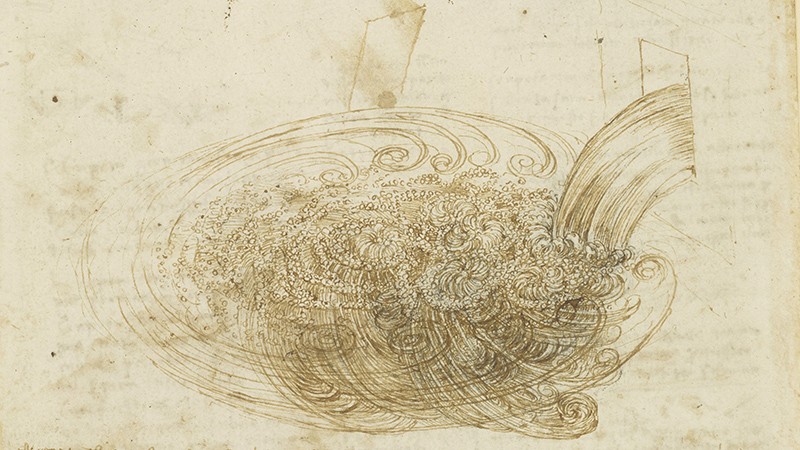
Leonardo da Vinci’s reverence for nature is another crucial aspect of his philosophy.
He believed that observing the natural world provided valuable insights into both art and invention. His studies of bird flight influenced contemporary aerodynamics, suggesting that nature can serve as an invaluable blueprint for innovation. Observing the intricacies of nature fosters creativity, nudging us to design solutions that are sustainable and aligned with ecological principles.
Today’s innovators can draw inspiration from Leonardo’s approach, applying biomimicry—designing products based on nature’s models—to develop sustainable advances in technology and infrastructure. From energy-efficient buildings inspired by termite mounds to materials modeled after lotus leaves, integrating natural designs can lead to revolutionary ideas that benefit humanity.
Embracing Failure as Part of the Creative Process
Despite his brilliance, Leonardo da Vinci faced numerous challenges in bringing his inventions to fruition.
Many concepts remained sketches rather than tangible creations, prompting us to reflect on the nature of failure in the creative process. Just as Leonardo encountered setbacks, so too do modern inventors and entrepreneurs. The journey of creativity is often marked by trials that pave the way for eventual breakthroughs.
By embracing failure as a stepping stone, we can encourage more revolutionary ideas in our current landscape. It’s important to cultivate environments where experimentation is encouraged, seeing failures as opportunities for learning rather than reasons to give up. This mindset can foster innovation and resilience, traits that are critical for progress in an ever-evolving world.
The Inventive Mind: Visionary Concepts Ahead of His Time
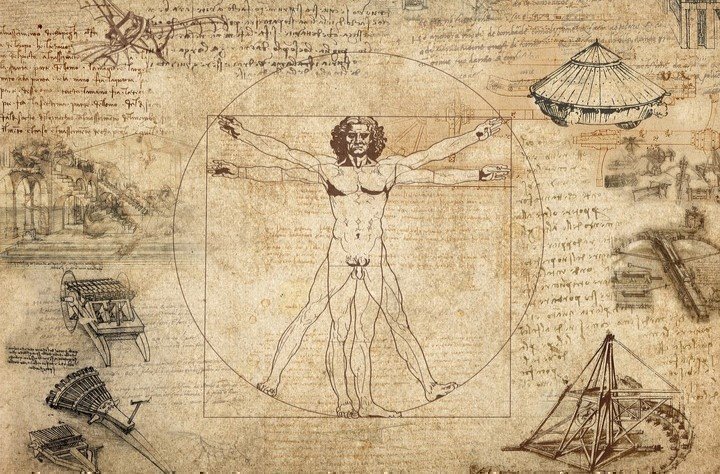
Leonardo da Vinci’s notebooks brimmed with inventions that were centuries ahead of their time, including designs for flying machines, armored vehicles, and even robots.
The Blueprint for Future Innovations
What sets Leonardo’s inventions apart is not just their imaginative scope but the meticulous attention to detail and scientific reasoning behind each idea.
His studies of mechanics, optics, and physics informed his designs, setting a precedent for future inventors. For instance, his conceptualization of a helicopter-like device emerged from extensive observations of bird flight. Such foresight reminds us that true innovation often requires looking beyond the present and tapping into historical knowledge.
Imagine if today’s innovators borrowed this philosophy—using nature’s designs as templates could lead to sustainable advances in technology and infrastructure. By analyzing patterns, structures, and processes in the natural world, we can uncover groundbreaking solutions to some of our most pressing challenges.
Cultivating Creativity in Modern Society
When considering Leonardo’s inventive mind, it becomes evident that fostering creativity is crucial for societal advancement.
Education plays a significant role in shaping the next generation of thinkers. Encouraging curiosity and interdisciplinary exploration in schools can nurture innovative leaders who think outside conventional frameworks. Integrating subjects like art, science, mathematics, and literature allows students to form connections that inspire creativity and problem-solving abilities.
Furthermore, it’s essential to create spaces where individuals feel safe to dream big and take risks. Initiatives like maker spaces, hackathons, and collaborative projects provide platforms for experimentation and ingenuity. By cultivating a culture that embraces diverse perspectives and encourages imaginative thinking, we can pave the way for transformational innovations.
The Interplay of Technology and Human Ingenuity
Leonardo da Vinci’s visionary concepts also raise questions about the relationship between technology and human ingenuity.
As we advance in fields like artificial intelligence and robotics, we must remain mindful of the ethical implications of our creations. Reflecting on Leonardo’s emphasis on observation and empathy can guide us in ensuring that technology serves humanity rather than detracts from our essence.
Fostering conversations around the intersection of technology and the arts can lead to meaningful innovations that prioritize human values. What if we designed technology that enhances creativity rather than stifling it? Maintaining a balance between technological advancement and preserving the human experience is vital for a harmonious future.
The Philosophical Implications: Knowledge as a Holistic Pursuit

Leonardo da Vinci’s insatiable curiosity challenges our modern educational paradigms.
The Call for Interdisciplinary Learning
He believed in a holistic approach to knowledge, one that integrates various fields rather than compartmentalizing them. This philosophy raises questions about how education systems today might benefit from adopting a more interdisciplinary model.
Imagine a classroom where students are encouraged to draw connections between different subjects—art and science, mathematics and literature. Such an environment would not only foster creativity but also equip students with a more comprehensive understanding of the world around them. Leonardo’s legacy propels us to rethink traditional educational boundaries, urging a shift toward a model that emphasizes interconnectedness.
Incorporating real-world applications into the curriculum can also enhance learning. Projects that require collaboration between different disciplines allow students to engage deeply, cultivating a sense of ownership over their education. By encouraging curiosity and exploration, we can nurture the minds of future innovators who embody the spirit of Leonardo da Vinci.
Lifelong Learning as a Core Value
Beyond formal education, Leonardo’s life signifies the importance of lifelong learning.
His relentless pursuit of knowledge serves as a reminder that the quest for understanding never truly ends. Embracing a mindset of curiosity encourages us to continuously seek deeper insights and connections across diverse fields.
In an age where information is abundant yet fragmented, drawing inspiration from Leonardo’s example can help us cultivate a culture of inquiry. Engaging with various disciplines and exploring new ideas can enrich our lives and broaden our perspectives. How can we encourage communities to embrace lifelong learning? By creating opportunities for adults to pursue interests outside their primary profession, we can foster resilience and adaptability, qualities that are essential in today’s rapidly changing world.
Connecting Philosophy with Practical Experience
Lastly, Leonardo da Vinci’s approach invites us to contemplate the relationship between philosophy and practical experience.
Philosophy encourages critical thinking and introspection, guiding us to make meaning of our experiences. However, it is through hands-on practice that we truly evolve and grow. This interplay between theory and application is essential for a well-rounded education and personal development.
Encouraging experiential learning opportunities, such as internships, workshops, and community projects, can bridge the gap between academia and the real world. By immersing ourselves in diverse experiences, we gain a deeper understanding of our passions and values, ultimately allowing us to contribute more meaningfully to society.
Conclusion

In summary, Leonardo da Vinci stands not only as an artist and inventor but as a profound thinker whose influence transcends time and discipline. His legacy compels us to rethink the very nature of creativity, encouraging a fusion of art, science, and philosophy that could profoundly impact the future of humanity. By engaging with Leonardo’s philosophy, we can cultivate a culture of curiosity, resilience, and interdisciplinary exploration that inspires innovation and deepens our understanding of the world. As we carry forth the torch of Leonardo da Vinci, let us embrace complexity, celebrate creativity, and continually seek knowledge — for the quest for understanding knows no bounds.
✉️ Stay Connected — Subscribe for Weekly Updates
Discover timeless stories, practical wisdom, and beautiful culture — delivered straight to your inbox.
*We only share valuable insights — no spam, ever.

